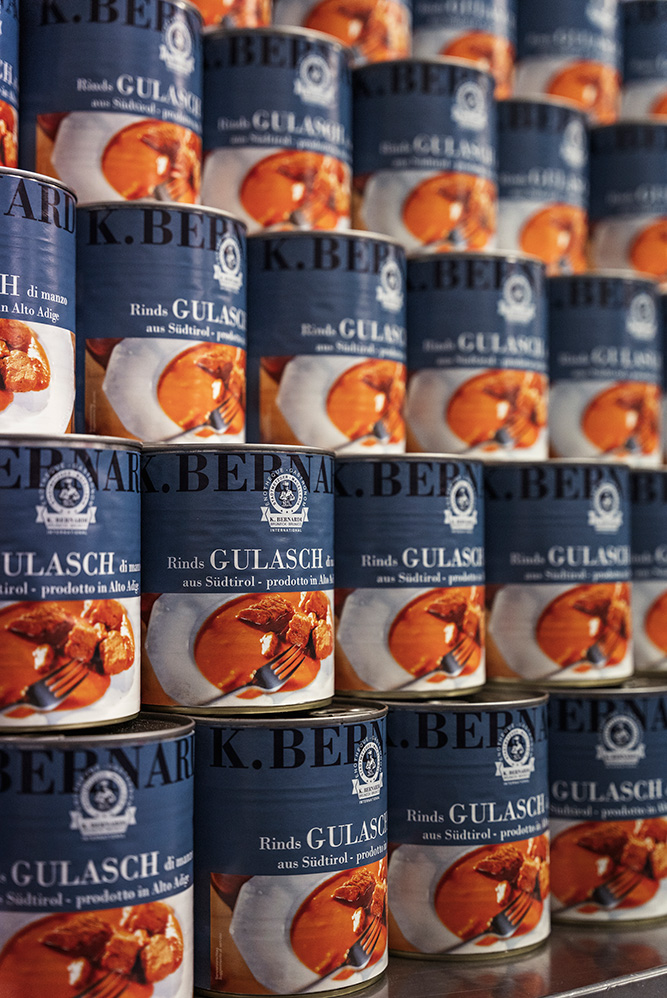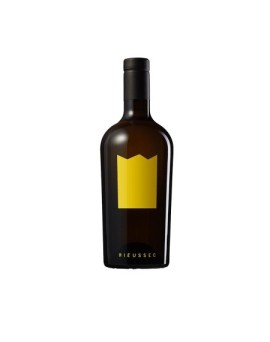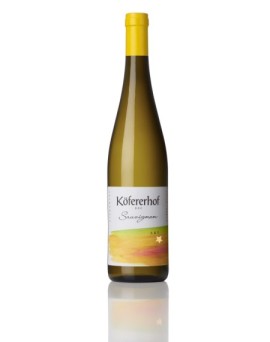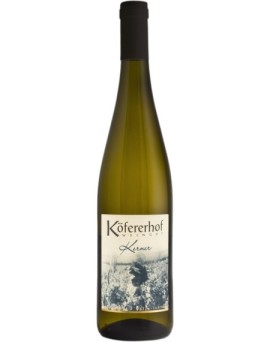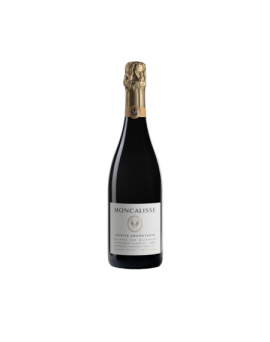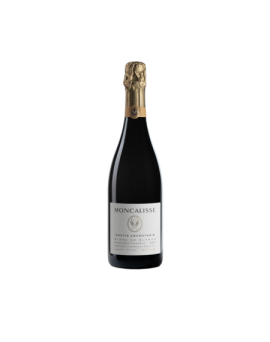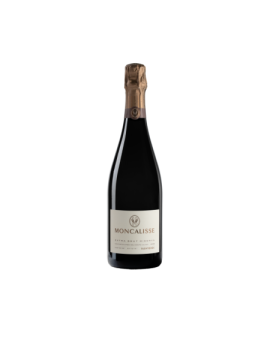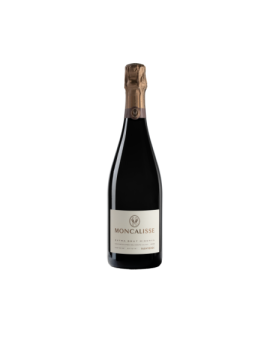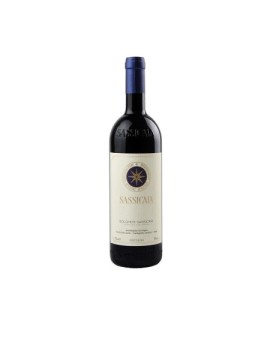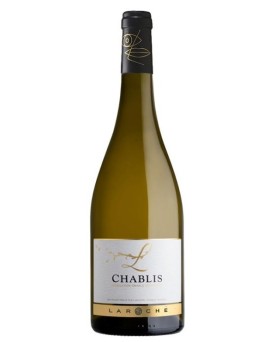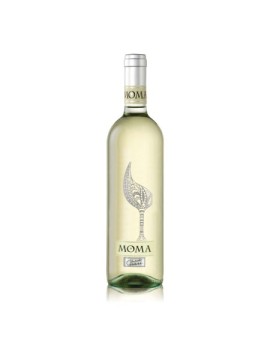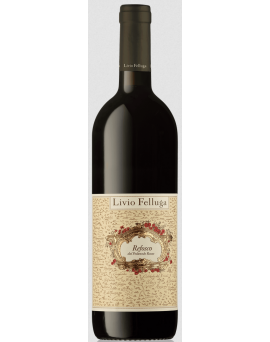TYPE: D.O.C. Bolgheri Sassicaia<br /><br />PRODUCTION AREA: Bolgheri. The production facilities are located at an average altitude of between 100 and 300 metres above sea level, with western/southwestern<br />exposure.<br /><br />VINE: Cabernet Sauvignon, Cabernet Franc.<br /><br />SOIL TYPE: strong presence of calcareous areas rich in marl and stones and partially clayey.<br /><br />VINIFICATION: Selection of the grapes using a sorting table to eliminate impurities and any imperfections. Soft pressing and gentle de-stemming of the grapes using<br />suitable machinery to avoid breaking the integrity of the berries and avoid excessive release of tannins. Alcoholic fermentation (completely spontaneous and without the<br />addition of external yeasts) was completed in mid-October and took place regularly at maximum temperatures of 26-27 °C. Frequent delestages and open-air pumping over<br />allowed for excellent aromatic extraction and freshness in terms of the acidity of the musts. Malolactic fermentations (always without nocules), carried out in stainless steel,<br />were completed regularly at the end of November thanks to the low external temperatures. In early December, after frequent racking to clean the musts, the wine was<br />placed in barriques from the first ten days of December 2019.<br /><br />VINEYARD SYSTEM: spurred cordon<br /><br />COLOUR: purple red with violet reflections.<br /><br />BOUQUET: expressive and very fine bouquet, broad, with hints of cherry and aromas of undergrowth, balsamic herbs and rosemary.<br /><br />PAIRINGS: Meat of all kinds and fine game.<br /><br />TASTE: very fine and intense, with a fresh acidity supported by strong tannins. Balanced and long.<br /><br />AGEING: at the end of the malolactic fermentation the wine was put into barriques using 40% new wood, 40% first passage and 20% second passage. We used French<br />oak barriques (Troncais and Allier in particular) with a fine grain and light toasting in order not to overdo the release of tannins. Sassicaia 2019, after about 25 months of<br />refinement in wood, was racked into steel tanks and further selected before final blending and then bottling.Subsequent refinement in bottle before release.<br />
Price
€298.00

